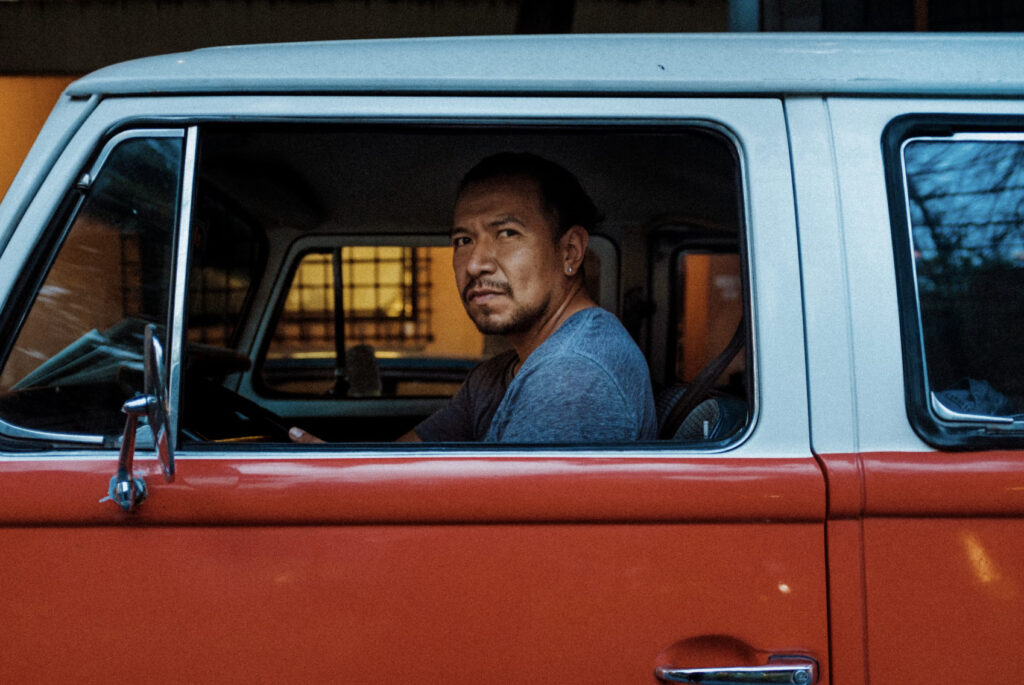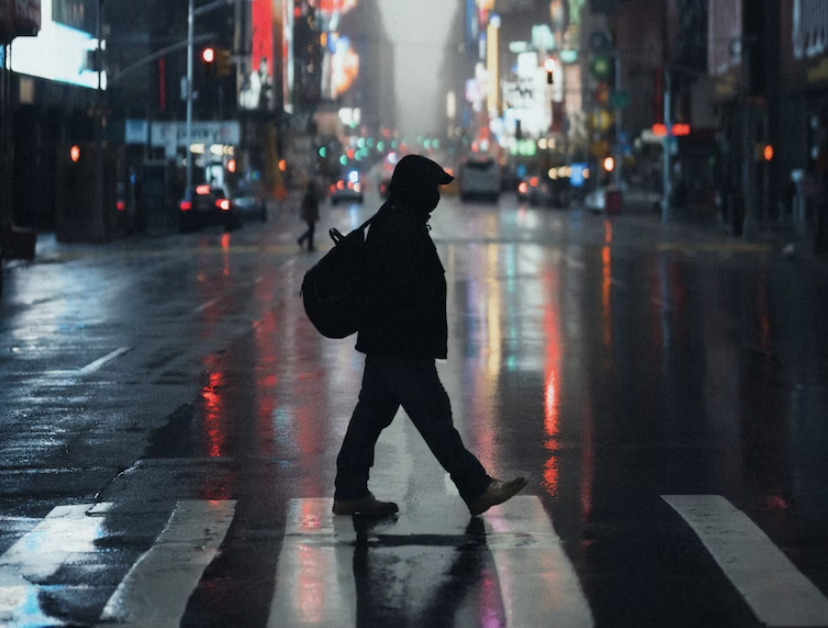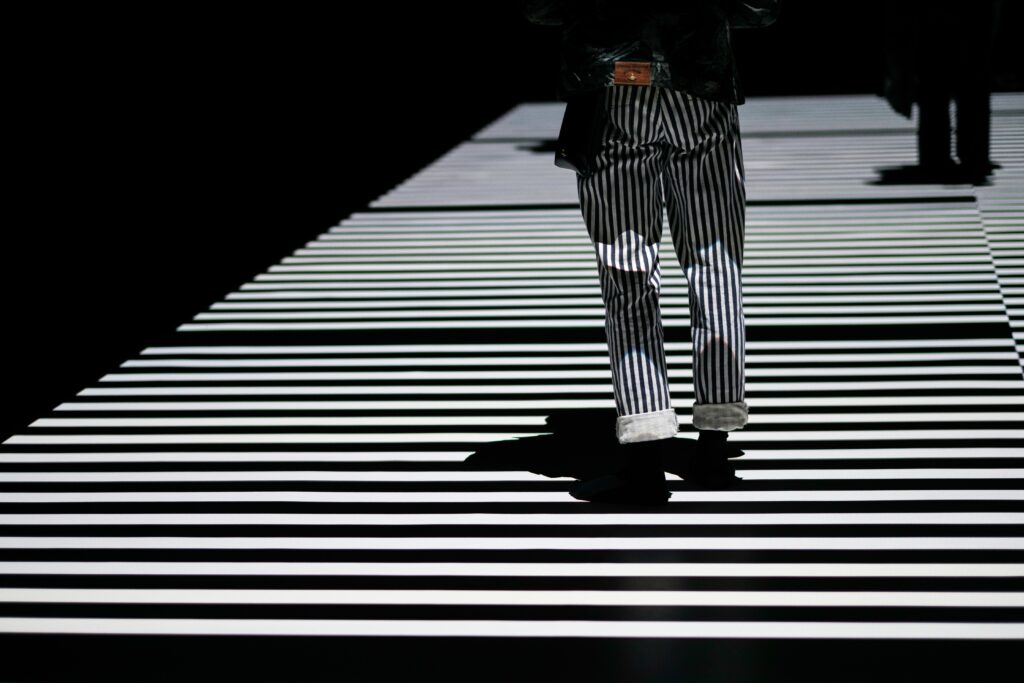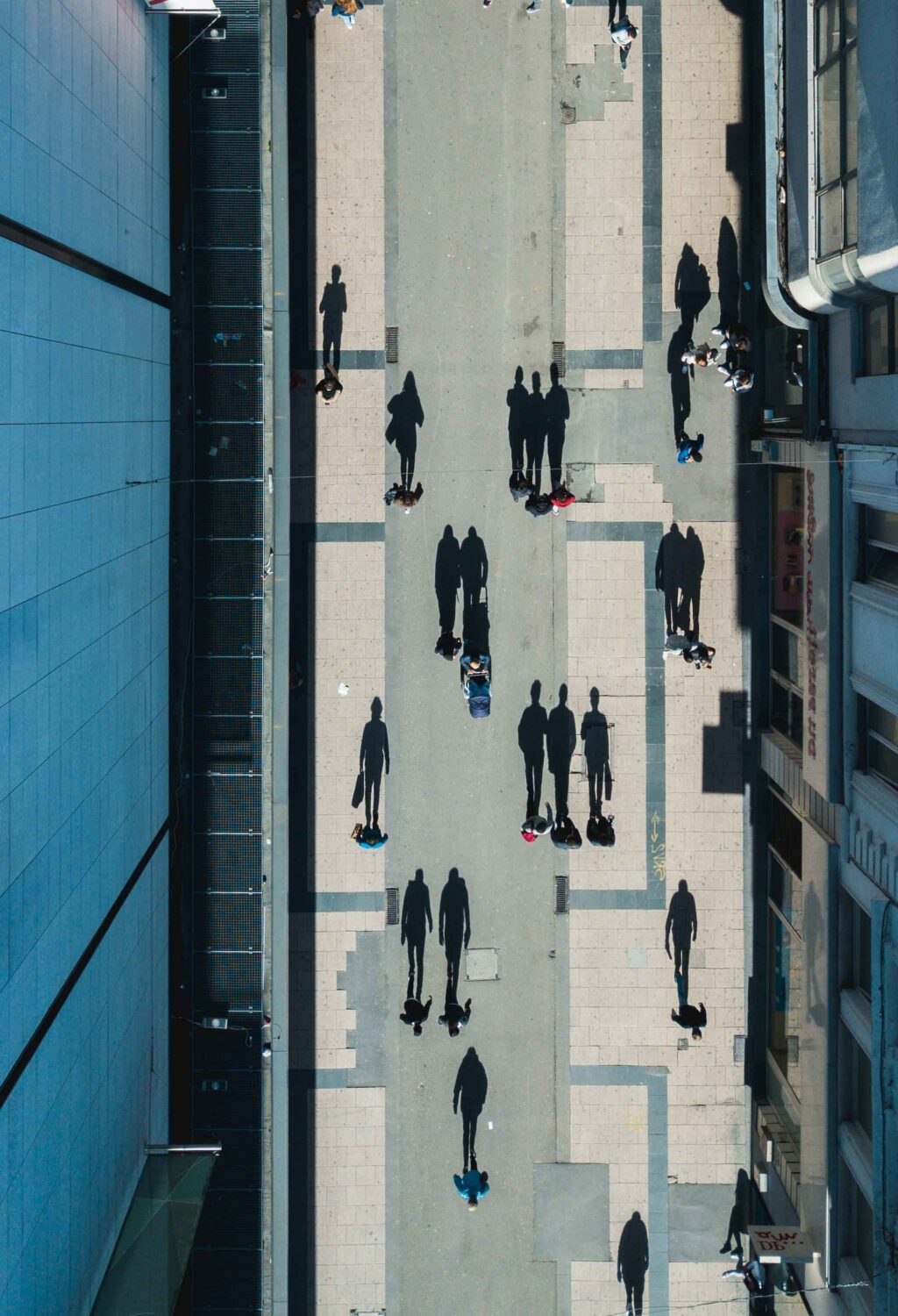We've been up since 4am to catch the first light, we've had second light among the folaige, been out and about in the midday Sun and spent a pensive and relective moment with the last light of the day.
Shooting After Dark
Now where do you go when the last light drains from the sky like a fine drop of Chablis emptying from of crystal goblet and we are left in the dark.
Keep your camera close by. We're going shopping.
‘But they're closed!' I hear you say.
Best time to go.
Wandering the streets like a vagrant in the cool darkness of the evening reveals a little of the sordid and sometimes the brighter side of life. Either way it has a sense of mystery and a little bit of danger attached; just enough to keep the adrenalin pumping.
Keep to the well lit paths but be willing to venture off into the darkness if there's a sense of something interesting. Follow the light and your instincts.
You might need to prepare yourself a bit. Put a bit more edge on the evening and leave the tripod at home. There's nothing like a dork setting up the Nikon on a tripod to attract attention. Remaining discrete is the best option. You might catch your neighbour out with someone else's wife.
Fit the fastest lens you have and glue it to the largest aperture. Short focal length is good so you don't have to be as critical with the focussing. Besides, a bit of blur adds to the drama; like a man running from a mugger.
No flash!. That's going to attract the patrons like a free round of drinks. Crank the ISO up as far as you dare. The D3 will cope with 3200 without a hitch, and more if I need it. If you have one of those other brands you might need to consider going back home.
Start with the bright lights. There will be a few people about but they're like you; too cheap to shop when the doors are open.
Those that are here are probably trying to earn a living. A complement is nice but a couple of dollars will get you a smile. If someone asks you for $100 and 15 minutes of your time, nod politely and move on. You may get your photo taken.
The light through the plate glass is strong. If you're in close, you will probably cope with some pretty standard settings on your camera.
If you step back, consider spot exposing for the brightest light.
Colour balance is hell. You will find the orange of sodium light from the streets blending with the mauve of mercury and the blue of fluoro. To top it off there will probably be a mix of neon and argon as well. This chemistry sends the on-board computer into a spin. I find it just as easy to set the colour balance on ‘auto' and sort the mess out at home. Then you can select different areas of the image for different colour renditions.
The alternative is to forget the colour and go for B&W. Think of Brassai and ‘Paris by Night'. Search out the textures. Watch for reflections. Find the light in the shadows. Create the mood you feel. But be discrete. This is someone's life you're intruding on.
I can hear you cursing me because the tripod is still in the boot of the car and you desperately need it. This is where you tuck that camera up against your face, pull the elbows in tight, lead against something sturdy, hold your breath and press the shutter release ever so gently. You can do it.
Hone in on the restaurants. They provide a source of activity and a sense of warmth and shelter from the coldness of the dark.
Modern buildings lend themselves nicely to night shots. Be aware you could be on private property and a big, ugly guard dog led by an even bigger and uglier security guard may want to question you on your motives. Be nice, complement him on the fine job he's doing in protecting your city and he may even oblige by turning on a few extra lights for you. Don't pat the dog.
Even the car park can provide a point of interest.
Why, you may even spot a ghost of photographer past lurking around some old building, waiting for something tangible to eventuate from his virtual reality.
Then, when you are all finished, collect all your memory chips, secure all the gear, head for home and the warmth of a cosy fire and have your favourite drink on me.
I have enjoyed the day with you immensely. We should do it again. Soon. But I'm a little tired and the Nikon needs a rest, as I do.
See you at first light.
Good night.
This is a guest post by Tom Dinning who, besides being a professional photographer, teacher and mini-celebrity in the Light Stalking community, has also shared some very popular tutorials in the forums and in other posts.





7 Comments
I enjoyed this a lot. You found so many things that I’ve passed up. I’m learning, very newb, but the passion overwhelms. Thank You!
‘There is nothing the eye ignores. Only thoughts of other thinks distracts us. Learn to see and let the camera record it for others; let them see as you do, for they will not see like you do.’
Had the security guard experience just recently and after giving him my details and a licence check I got invited into the building to shoot! I did wish I had my tripod though….
Tom, this was an awesome series! Thanks!
tom great series I enjoyed it very much, with plenty of helpful tips and tricks. Also one thing I have learnt ( re your comment) I’m always surprised when I learn what others see in my work that I just plain didn’t see. So yes people see what I see only different
You really make me want to retire….
The Canon 50mm f/1.4 is the perfect lens for night street photography – it’s light and unobtrusive enough not to attract unwanted attention. Just remember that the wider the aperture (lower f/stop number) the smaller the depth of field (the plane of what is in focus), which may make it difficult to focus especially if either you or the object is moving.
Even if you intend to make a photo black and white always shoot in colour and RAW – that way you have many more cleanup options at home. I was able to rescue a previously unusable photo from Rome this way (the grain I couldn’t get around, so I made it a feature and arced it up deliberately with software).
https://www.flickr.com/photos/natecochrane/6082517141/
No need to leave the tripod at home – consider a carbon-fibre monopod instead. Or, a carbon-fibre Gitzo or Manfrotto tripod and you can get shots like these:
https://www.flickr.com/photos/natecochrane/6061789838/
Night is one of the best times to make photos so get out there and try some light painting, street photography, make some photos of buildings and visit places you normally see during the day to experience how their character totally changes when the sun goes down.